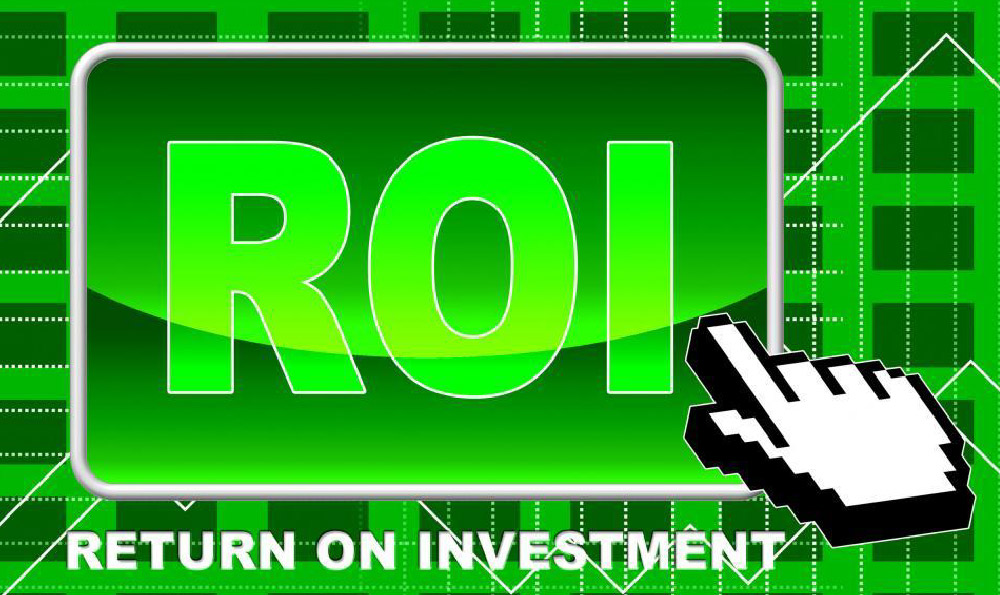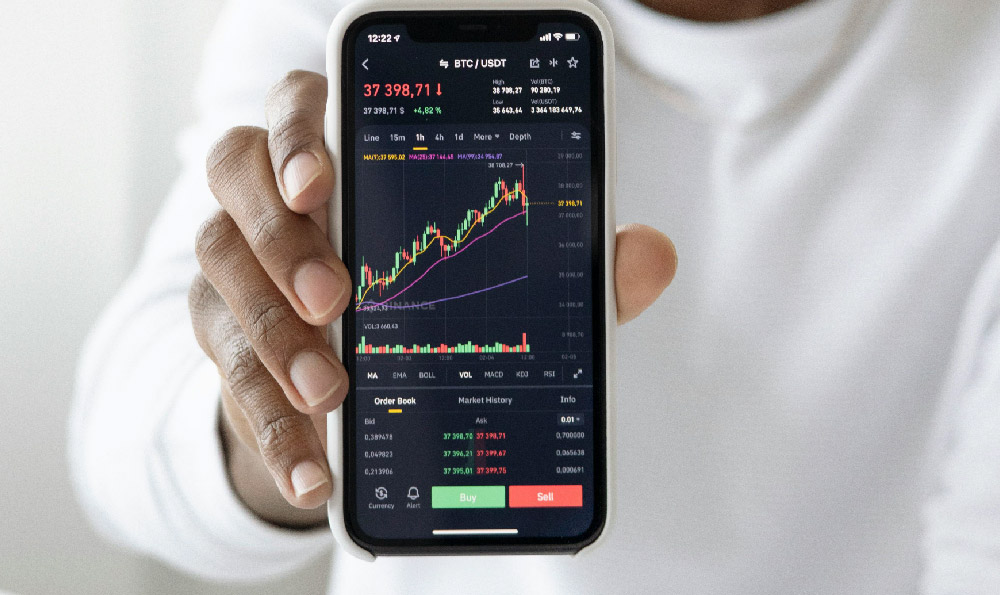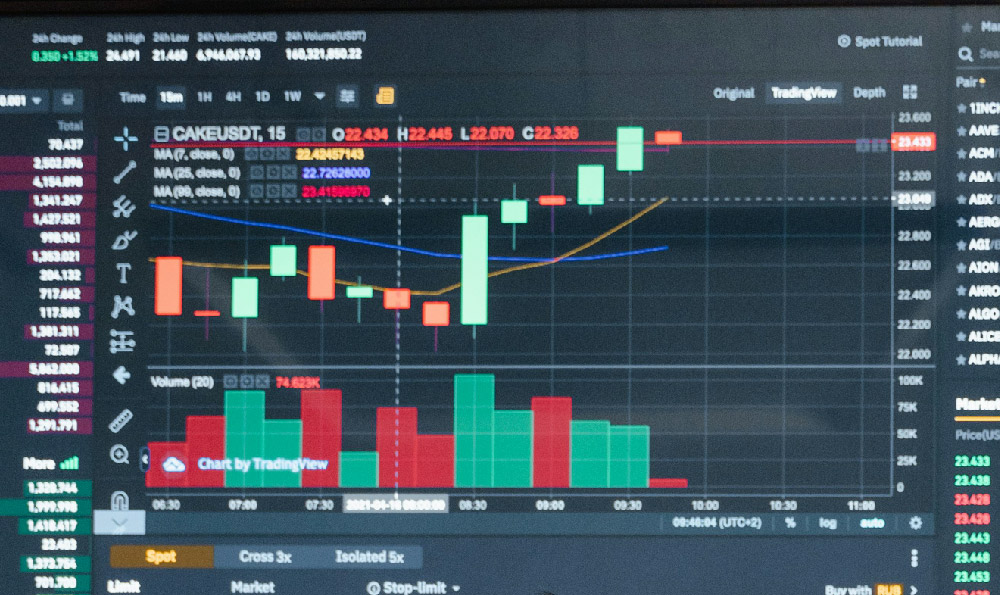How Much Money Can You Make on YouTube? How Much Per View?

Alright, buckle up, aspiring YouTuber! The question of how much money you can make on YouTube is a complex one, often shrouded in mystery and filled with misleading claims. There's no easy formula, and the answer is almost always "it depends." But let's unpack the core elements that influence your potential earnings and equip you with a realistic understanding of the YouTube landscape.
The primary driver of revenue on YouTube is the AdSense program. This platform connects content creators with advertisers looking to reach specific audiences. When viewers watch ads displayed on your videos, you earn a portion of the ad revenue. The key metric here is the RPM (Revenue Per Mille), which represents the estimated earnings for every 1,000 views. However, RPMs are rarely static and fluctuate based on a myriad of factors.
One of the most significant influences on RPM is the niche you operate in. Some niches, like personal finance, business, technology, or luxury goods, attract advertisers willing to pay significantly more per ad impression. This is because the viewers interested in these topics are often more affluent and have a higher purchasing power, making them a more desirable target for advertisers. On the other hand, niches like gaming, entertainment, or vlogging, while often attracting a massive audience, might command lower RPMs due to lower advertiser demand and potentially a younger, less financially established audience.

Geographic location plays a crucial role as well. Viewers from countries like the United States, Canada, the United Kingdom, and Australia tend to generate higher RPMs compared to viewers from developing countries. This is directly linked to the economic conditions and advertising rates prevalent in those regions. Advertisers are willing to pay more to reach audiences in wealthier countries where consumers have more disposable income.
The type of ads displayed on your videos also impacts your earnings. YouTube offers different ad formats, including display ads, overlay ads, skippable video ads, non-skippable video ads, and bumper ads. Skippable and non-skippable video ads typically generate higher revenue compared to display or overlay ads because they require viewers to engage more directly with the advertisement. The longer the ad, the more you generally get paid, though non-skippable ads can annoy viewers.
Beyond AdSense, several other avenues exist to monetize your YouTube channel. Affiliate marketing is a popular choice, where you promote products or services in your videos and earn a commission for every sale made through your unique affiliate link. This can be a lucrative option, especially if you're reviewing products or offering tutorials within a specific niche. Carefully choose affiliate partners that align with your audience's interests and provide genuine value. Disclose your affiliate relationships transparently to maintain trust with your viewers.
Sponsorships offer another potentially substantial revenue stream. Brands may approach you to feature their products or services in your videos in exchange for a fee. The amount you can charge for sponsorships depends on your channel's size, audience engagement, and the brand's budget. Building a strong relationship with brands and ensuring the sponsorship aligns with your content and audience are critical for long-term success. Negotiate fair rates and be transparent about sponsored content.
Selling merchandise related to your channel is another viable monetization strategy. This could include t-shirts, mugs, stickers, or other products featuring your channel's logo or catchphrases. This option is particularly effective for channels with a strong brand identity and a loyal fanbase. Consider using print-on-demand services to avoid the need to invest in large quantities of inventory upfront.
YouTube Premium revenue is another contributing factor, albeit often a smaller one. When YouTube Premium subscribers watch your videos, you receive a portion of their subscription fees. This provides a small but consistent stream of income, particularly if your content appeals to a demographic that is likely to subscribe to YouTube Premium.
Finally, consider the importance of audience retention and engagement. Videos with high watch times and strong engagement metrics (likes, comments, shares) are more likely to be promoted by YouTube's algorithm, leading to increased visibility and ultimately, more views and revenue. Focus on creating high-quality, engaging content that keeps viewers hooked and encourages them to interact with your channel. Optimize your video titles, descriptions, and thumbnails to attract viewers and improve click-through rates. Respond to comments and engage with your audience to foster a sense of community.
So, how much can you make per view? Realistically, the range is incredibly wide. A smaller channel, especially one focused on a lower-paying niche with a primarily international audience, might earn as little as $0.001 to $0.003 per view. A larger, established channel in a high-paying niche with a primarily US-based audience could potentially earn $0.01 to $0.05 or even more per view. These figures are estimates, and your actual earnings will vary based on the factors discussed above.
Ultimately, building a successful and profitable YouTube channel requires dedication, perseverance, and a strategic approach. Focus on creating valuable content, building a loyal audience, and diversifying your monetization streams. Don't expect to get rich overnight; it takes time and effort to grow your channel and establish yourself as a reputable creator. Analyze your analytics, adapt your strategy based on your results, and stay committed to providing value to your viewers. The financial rewards will follow.















